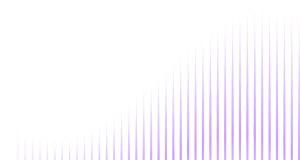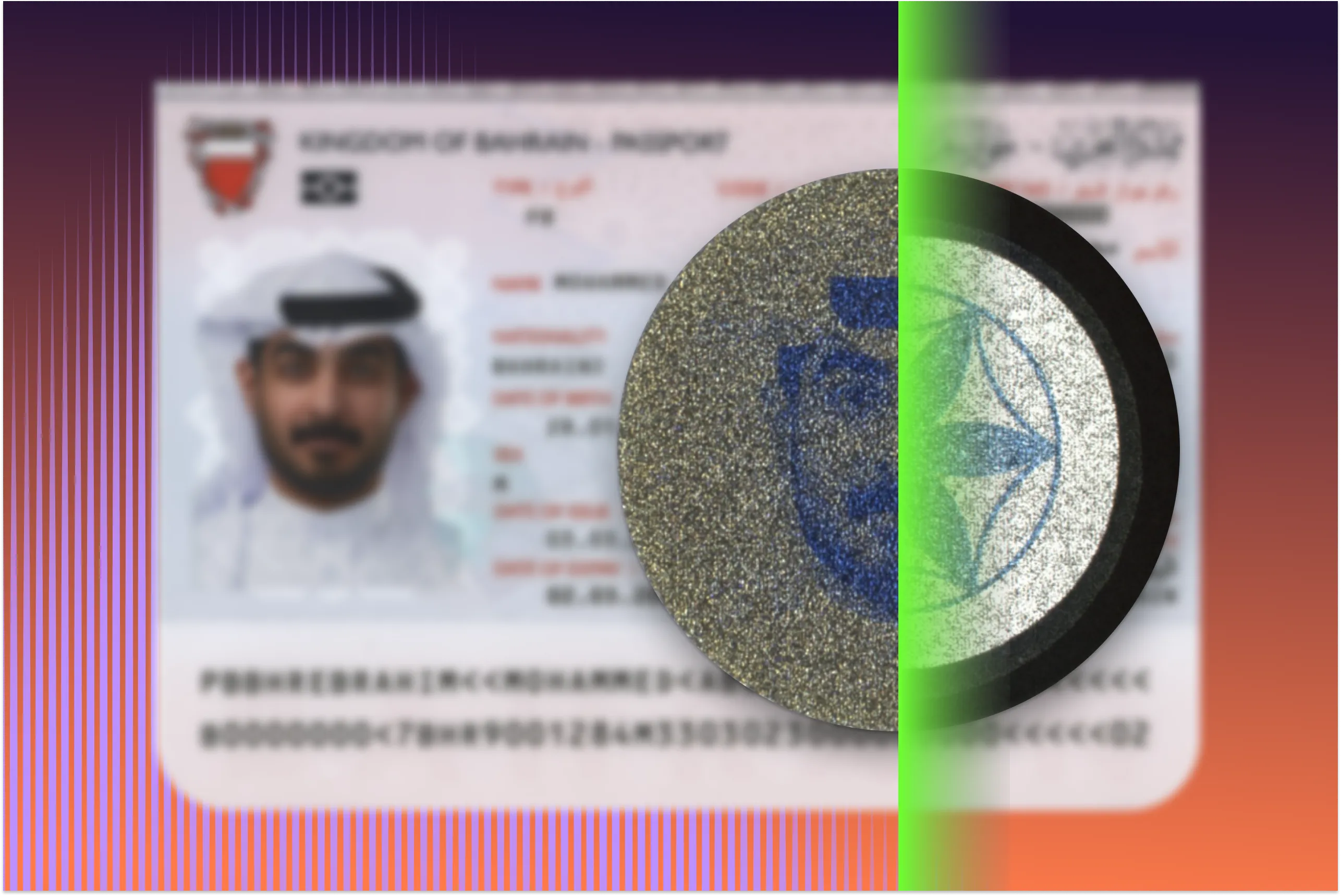Countries across the globe are facing a staffing crisis in Law Enforcement, including a growing shortage of border control officers.
For instance, in Poland, about 11.21% of jobs in the sector went unfilled in 2024. Additionally, the shortage of advanced-level document officers is noted within the Schengen area, according to a European Commission report.
In this article, we explore the impact of this hiring crisis, the added pressure on Border Control, and how smart automation—like remote document examination—can help bridge the talent gap without sacrificing precision.
Key identity verification challenges at the border
Confirming travelers’ identities and verifying the authenticity of their documents is one of Border Control’s core responsibilities. Beyond staff shortages, officers also face increasingly challenging working conditions.
More travelers, more identity documents
Global migration and international travel activity are both on the rise. Between 2000 and 2020, Asia experienced the biggest jump in international migrants—up 74%, or about 37 million people. Europe followed with an increase of 30 million, then North America with 18 million, and Africa with 10 million.
With more travelers hitting the road, the Travel and Hospitality sector is growing too. According to Statista, the market will reach $955.94 billion this year, with an annual growth of 3.9%, topping $1.11 trillion by 2029.
For border officers, this means more passengers and more travel documents to verify, including quite rare passports from across the world—often under time pressure.
Subscribe to receive a bi-weekly blog digest from Regula
Expert examinations still essential
First-line passport checks are typically semi-automated with document readers and facial recognition software. However, not all documents pass these checks, requiring secondary inspection, which relies heavily on specialist expertise.
At this stage, automation is usually replaced with tools like microscopes and video spectral comparators equipped with multi-spectrum light sources for detailed visual checks. Experts examine document integrity, security features, production methods, and other details that may be missed during initial screening.
There’s clearly no substitute for human expertise here. This level of scrutiny requires both specialized equipment and, most importantly, highly trained examiners.
👉Worth a read: Inside Passport Control: Primary and Secondary Inspections
A patchwork of checkpoints
Most countries, especially larger ones, operate dozens or even hundreds of entry points: airports, railway stations, seaports, and land crossings. Many of these are located in remote areas, far from big cities.
At busy checkpoints, second-line officers often work under pressure, as passengers can only be held for a limited time during inspections. At remote locations, often used mainly by locals, there may be no examiners at all.
As a result, maintaining border control across a country is challenging due to varying technical and climate conditions, as well as an uneven workload.
💡To sum up, the Border Control landscape is changing fast. But are the tools and processes keeping up?
A brand-new approach to second-line border examinations
Two-line document inspection, as mentioned earlier, is a standard procedure in most countries. However, given the challenges and the ongoing staffing crisis, its effectiveness is limited.
For instance, officers at remote checkpoints may lack around-the-clock expert support for second-line examinations. At the end of the day, having on-site examiners at every remote checkpoint is impractical and expensive.
In such cases, first-line inspectors may rely on workarounds, like sending document scans to a lab via mobile chats or emails, where experts can review suspicious passports. But this method has many drawbacks, from security concerns to poor scan quality.
However, this method has potential—if upgraded properly. Two key conditions must be met:
Document scans must be high-resolution and ideally captured under different light sources.
Experts must be able to access examination data remotely, quickly, and securely—without transmitting it anywhere.
Regula took these requirements into account when developing its solution for remote document examination, which includes the Regula 88XX—a series of four high-resolution scanners with distinct features—and specialized software.


Regula 8880
With a built-in PC and up to 400 MP camera, the Regula 88XX captures high-resolution images under up to 16 light sources at the push of a button.
The scanner is perfect for creating document reference databases, and it’s also key to a new approach in second-line border examinations.
Given the requirements outlined below, remote document authentication at the border relies on establishing a dedicated, secure connection between the checkpoint and a forensic laboratory—bypassing third-party apps and enabling full remote control.
This is where the Regula 88XX comes in.
Deployed at checkpoints, the device scans questioned documents. It performs initial document authenticity checks using the built-in Regula Document Reader SDK. The verification results and high-resolution images are then available to an in-lab expert who analyzes them using the same software. No chats, emails, or file exchanges are needed.
Here’s how the process works:
A border control officer detects a questionable document during first-line inspection.
They initiate a second-line examination: they scan the document using the Regula 88XX and notify the lab.
A forensic expert remotely connects to the device via Regula 88XX High-Resolution Scanner software, gaining access to the initial automated document verification results and all scans made by the officer.
The expert reviews the scan results, e.g., zooms in on specific fragments or matches the scan against the ID reference, and requests additional scans if needed.
Once the examination is complete, the expert informs the officer whether the document is genuine or not.
The officer makes the final decision and files an official report.
As a result, a single in-lab document examination expert can effectively support multiple border checkpoints remotely, even those located far away. Also, all interactions and image handling are performed entirely within the internal IT system using work computers and Regula 88XX software—keeping sensitive data safe.
In addition, every action is logged, making it possible to audit the examination, review reports, and recover data in the event of connection issues.
Be among the first to embrace innovation
The Regula 88XX is redefining second-line border control by offering a smarter, more effective way to verify documents.
Want to be among the first to implement this solution? Get in touch to learn more about the device, the software it uses, and how it can support your operations.
Let’s drive the future—together.





